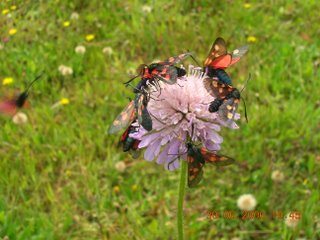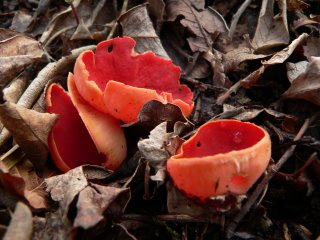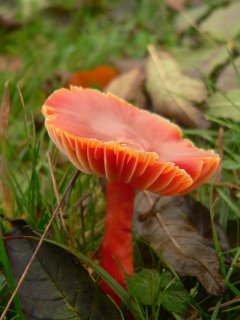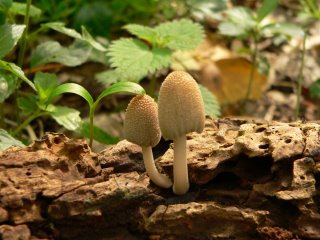
This is a local photo looking, from a hide on the Ham Wall RSPB reserve near Shapwick, across the moors towards Glastonbury Tor , copyright Steve Dyer.
***********************************************************************************
You will see on this blog a trial run using adverts hopefully selected by Google to relate to the content of the Blog. If any payments arise from this arrangements they will be transferred to the local group funds to support our programme of meetings and events. If it detracts from the blog too much it will be cancelled.
************************************************************************************
This memo was sent out to some 50 local members of our local Group this week. I'm posting it to show how we try to communicate with members by email.
Dear Members,
As usual I'm sending this message as a blind copy.
The committee met last Wednesday and gave most of its time to the detail arrangements for our autumn meetings. Alongside events we have organised there are some run by the Trust and other groups which may interest you. As a reminder they are, in date order, as follows:
a.. Sept 24th. Members open day at the Bishops Palace in Wells. I intend to be there most of the day to explain our group activities and meet people. The programme is shown in the latest Trust Magazine. Free entry to members with a card or the latest magazine!
b.. Sept 28th. Our meeting on Climate Change in the United Reform Church hall in Somerton at 7.30pm. Bill Butcher Director of the Somerset Environment Records Centre will explain this subject which has many implications for wildlife and ourselves. £1.50
c.. Oct 12th. We have invited Dr Pat Hill Cottingham to share her enthusiasm and knowledge of Ferns with us. A chance also to meet members over a cup of tea or coffee. In the All Saints Church Hall, Langport at 7.30 pm. Parking by the library. £1.50
d.. Oct 14th. The Trust is holding its annual general meeting which is always much more than just a business meeting and is a chance to find out what is going on in the world of wildlife in Somerset. In Oake Village Hall 3 miles west of Taunton. Car sharing recommended! There is a web site for the Hall at
http://www.oakehall.org/ for more information which is also in your magazine.
e.. Oct 22nd. A Fungus Foray is organised in Beer and Aller Woods. Run by the Woods Management Committee, which we are very pleased to be associated with, and the North Somerset and Bristol Fungus Group. More info in the events diary.
f.. Nov 9th. Our meeting on The lives of Dragonflies. They seem very numerous this year so come and find out more about them. In the Curry Rivel CE Primary School Hall, Church St. At 7.30 pm. Dr Mike Parr will talk, show slides and answer questions about these fascinating creatures. £1.50 A chance for us to meet local members.
Not satisfied with all that we have started to think about 2007 and welcome your ideas.
As its Adult Education enrolment time again I notice that there are three courses that might interest you:
a.. Discovering Wildlife. A general review of wildlife around our special County of Somerset. Held in Langport and Chard.
b.. Landscape and Heritage of Somerset. This course covers the Levels, Cheddar and The Quantocks. Held in Langport, Wells and Frome.
c.. Organic Gardening. A timely subject. You have the option of sitting a City and Guilds Test if you wish. Held in Chard only.
All run by the Somerset County Council. Info in local libraries. I hope to do the Landscape course myself and I know the Wildlife one is very good.
I hope you will have noticed that I have been running a diary on the internet since last July. It aims to show some insights into the groups development and some of the wildlife topics which have arisen since we started. I see it as a very useful way to exchange views, ideas, questions and suggestions about our group and our experiences of wildlife. Its not academic or intended to be formal and if you can share with us all your interest in wildlife you will be most welcome. To comment on any of the entries on the diary just find and click on the word comment at the end of the item. Simply write in the box provide as if you were writing an email message and click on Publish. Your notes will be sent by the blog system to me by email and I will then be able to add them to the diary page. Please give it a try or simply send your comments to me direct in an e-mail and you can include your wildlife photos.
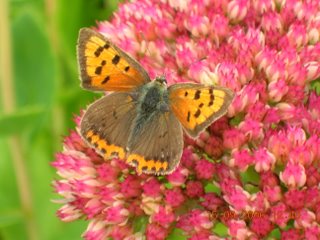

 These last two photos were taken in June this year in the four acre meadow referred to in this post
These last two photos were taken in June this year in the four acre meadow referred to in this post 